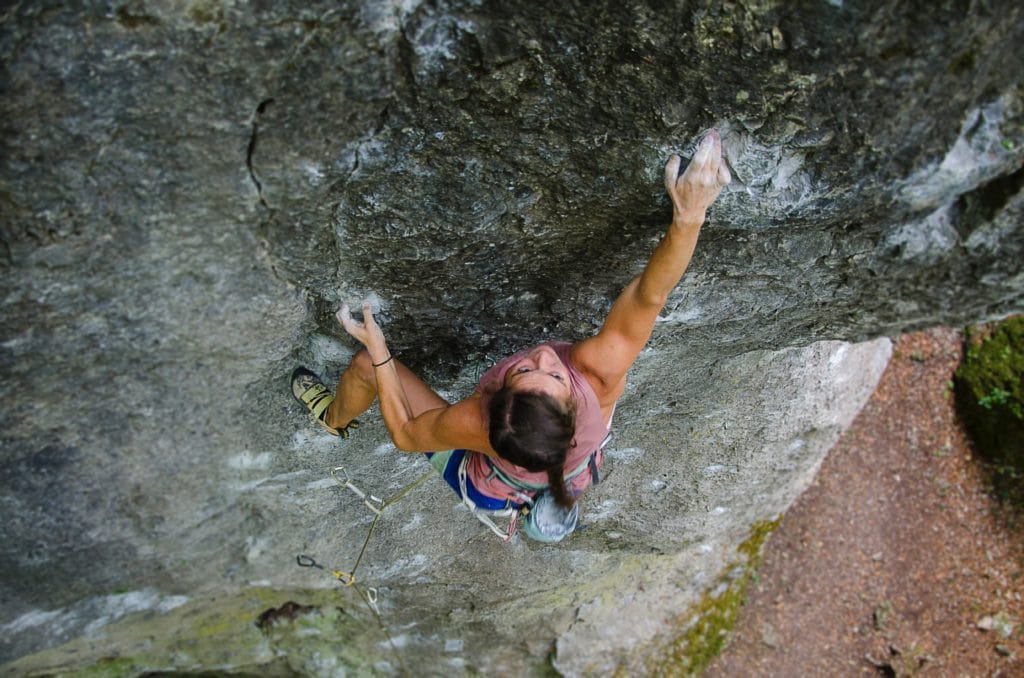Climbing is an activity that many people enjoy. Rock climbing is very common and can even be done indoors. Ice climbing involves scaling large ice walls instead of rocks.
The ultimate challenge is mountain climbing, which has unique risks due to the very high elevations and the chance of avalanche.
While climbing is exhilarating it also deemed “high risk” activity to Canadian life insurance companies.

Just a few hazards of climbing are:
- Injury or death from a fall caused by a slip, excessive wind, faulty equipment or dislodged rocks from other climbers.
- Injury or death by suffocation from avalanches.
- Hypoxia (can occur at higher elevations and results in impaired judgment and possibly death).
- Hypothermia and frostbite from extremely low temperatures (wind chill can be significant).
- Injury as a result of over-exertion.
- Temporary blindness from “snow glare”.
In fact, in 2006 a study done by Spanish neurologists Nicolás Fayed, Pedro J. Modrego, and Humberto Morales found that “MRI brain scans on 35 high-altitude climbers, including 13 who attempted Mt. Everest, found that every climber except one suffered brain damage and loss of brain cells from the lack of oxygen or hypoxia at high altitudes”1.
When life insurance carriers underwrite a life insurance application they look at medical records and they also rate the applicant’s lifestyle from risk/health perspectives. Climbing (whether it is rock, ice or mountain climbing) has some risk to it and as a result there are implications when it comes to purchasing a life insurance plan.
Note that “underwriting” refers to the investigation of all insured person’s health records and lifestyle. There is no underwriting for a “no medical” life insurance plan that is guaranteed issue (however, they do offer less coverage than medically underwritten plans for the same amount of premium dollar).
Factors That Affect Underwriting
Here are the major factors that will be taken into account when underwriters look at a life insurance application from a climber:
- Current age.
- Frequency.
- Type of terrain.
- Are there established trails?
- Altitude.
- Location: climbing in Europe, North America or elsewhere?
- Indoors climbing only?
- Medical histories of all applicants.
- Overall lifestyle.
Application Requirements
All climbers, regardless of the type of climbing, usually have to fill out a mountaineering questionnaire.
In addition, a foreign travel questionnaire may be required if traveling to the climb destination (oftentimes the exception to this is cliff climbing which tends to be local).
How to Speed Up a Life Insurance Application for a Climber
To fast track an application and avoid delays make sure you have the following information ready at your fingertips:
- Type of climbing you do (e.g. ice, snow, mountain, cliff or rock climbing).
- A concise summary of the overall climbing experience.
- Frequency of climbs.
- Description of the terrain you climb.
Likely Underwriting Decisions
The most likely underwriting decision is specific to the type of climbing involved:
Cliff climbing:
- It depends on the height and location of cliffs.
- Oftentimes standard coverage is available.
- Otherwise, there is an increase of $3.50 premium/$1000 of coverage.
Rock climbing:
- Indoor wall climbing (only) get standard rates
- Outdoor rock climbing in North America or Europe: an increase of roughly $2.50 premium/$1000 of coverage.
- Otherwise $5/1000 in addition to a foreign travel assessment which can affect rates and availability.
Ice/snow climbing:
- Climbing in the Himalayas is uninsurable.
- For climbing in North America or Europe, there is an increase of approximately $5 premium/$1000 of coverage.
- Otherwise an increase of $7.50 in premium/$1000 of coverage as well as a foreign travel assessment which can affect rates and availability.
Mountain climbing:
- Standard rates for local trail climbing.
- Otherwise rated as ice/snow climbing (see above).
Conclusion
If you enjoy climbing but also want life insurance protection make sure you thoroughly shop around before buying a life insurance policy. Different companies have major differences in coverage when it comes to insuring high-risk activities.
As brokers, it is our responsibility to know about these differences between carriers, inside and out. Please call us toll-free at 1-866-369-4474 for a no hassle consultation with a licensed, experienced Canadian insurance broker. We are here to help you!
Sources
1 https://climbing.about.com/od/mountainclimbing/a/AltitudeStudy.htm







